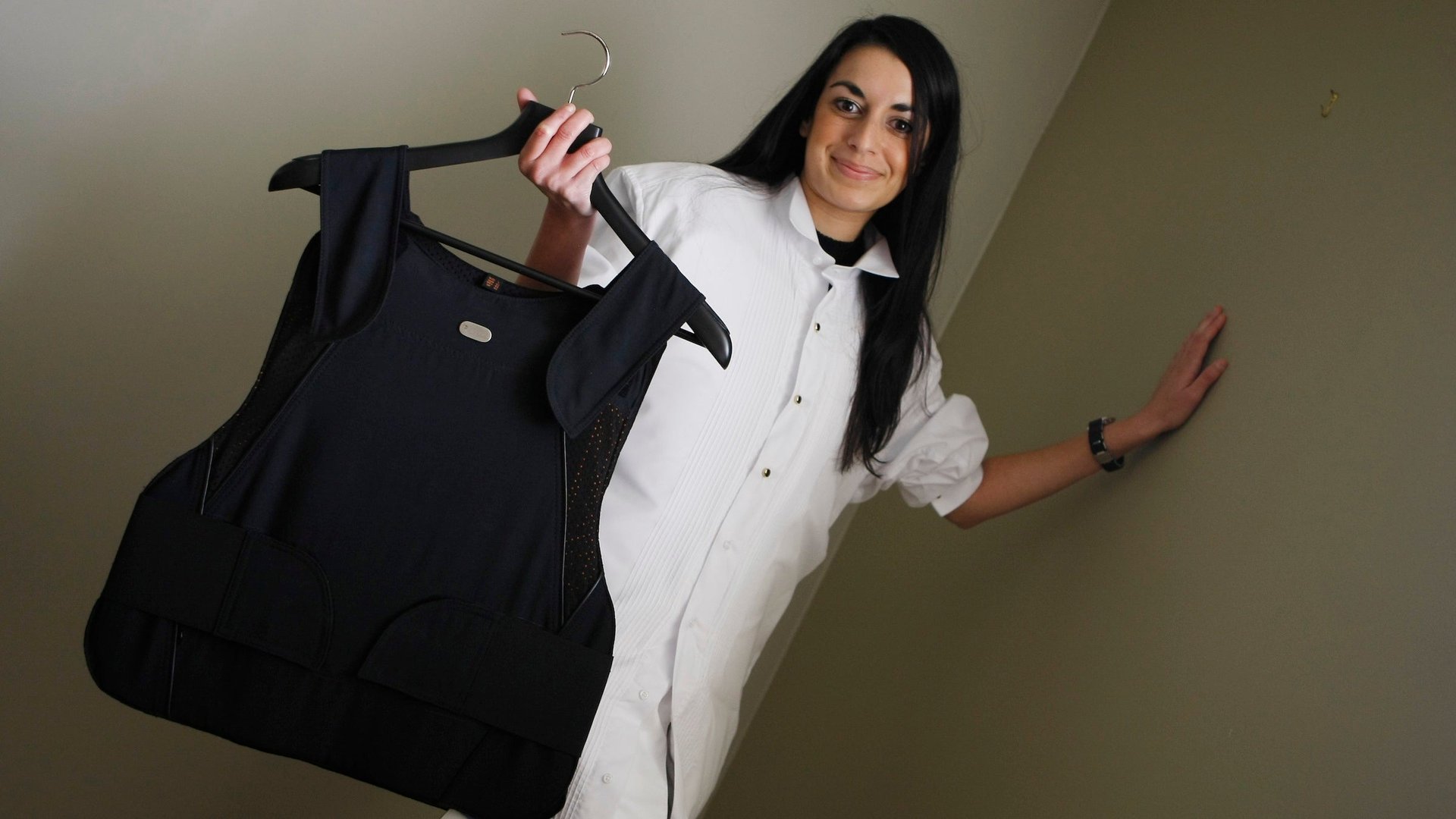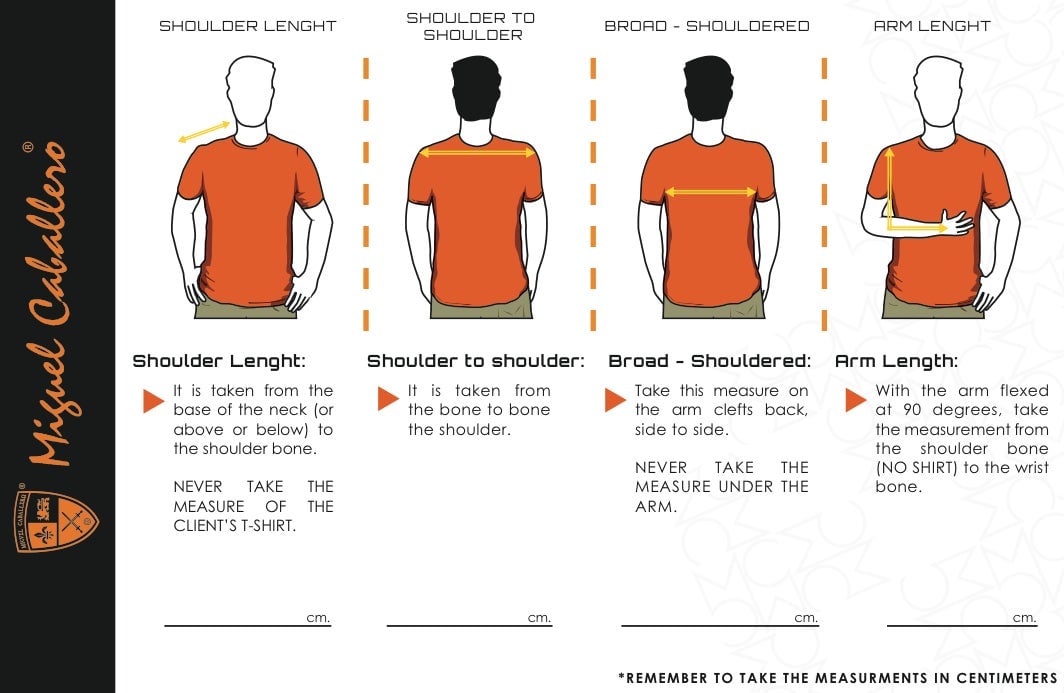How to look fashionable and still be bullet-proof
What’s driving the explosive growth in sales of fashionable bullet-resistant clothing for the rich and not so famous?


What’s driving the explosive growth in sales of fashionable bullet-resistant clothing for the rich and not so famous?
Colombian specialty clothier Miguel Caballero has no idea. He’s just glad he’s selling a lot more of his “personal ballistic protection apparel” than he used to. And he’s doing so in some unexpected places, including Uruguay, India, Panama and at Harrods in London.
Caballero is in the news these days with a new line of bullet-resistant backpacks for children in a post-Newtown United States. But the US market is nothing compared to what Caballero’s eponymous firm is doing in the Middle East, Asia and Latin America. He’s not surprised that all the guns, violence, terrorism and armed kidnappings have helped him build a booming business out of selling exclusive ready-to-wear and custom body armor to political leaders and celebrities.
He says those threats help explain how his tiny boutique firm has rocketed in recent years to $20 million in annual sales and retail partners in dozens of countries. Besides his Bogotá base, Caballero now has a second location in Mexico City to keep up with the frenzy of orders in the region.
But he is a bit puzzled about why many of his best clients are relatively anonymous corporate executives and their families who live in parts of the world where one might not expect to be getting shot at. They probably feel safe at home, he told Quartz, “but they have to travel a lot, and to neighborhoods that are very dangerous.”
“There are a lot of problems in the world,” he adds. “I guess we are part of the solution.”

Caballero started his business 20 years ago with the idea of protecting fellow Colombians from the narco-war there. Colombia is now just 5% of his business. Dubai, Qatar, Saudi Arabia and other parts of the Middle East are by far the biggest growth area. He’s also expanding rapidly throughout South and Central America, and the Caribbean.
There are other clothiers who sell protective clothing. President Obama was rumored to be wearing such a suit during his first inauguration. But Caballero has cornered the high-end market by expertly hiding bullet-resistant material within clothing fashionable enough to wear at a business meeting or the opera. The sales pitch for his “Black Collection“ describes it as “sophisticated and elegant… discrete protection for people who demand fashion and comfort.”
His most popular item: an $1,800 t-shirt (reduced price) designed to be worn under a dress shirt yet withstand a shot or two from a 9 mm pistol or even an Israeli-made Uzi. Also selling briskly: $3,475 polo shirts and “puffer vests” for women and children. He’s also made trench coats, sweaters, leather jackets and even a bullet-proof kimono for actor Steven Seagal.
Those in hot climates often pay more for highly customized clothing. Light-weight tunics for women are big in Dubai, as are traditional kurtas for the well-heeled in South Asia. Ceremonial and ethnic shirts, like the one made for the prime minister of Malaysia, are hot as well.
One mostly discontinued item: fancy men’s blazers, says Carolina Ballesteros, Caballero’s wife and head of design and R&D. “You lose protection in the sternum.”